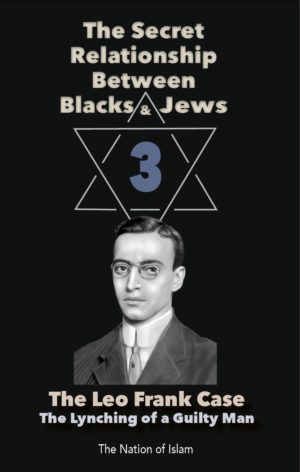Another in our series of new transcriptions of contemporary articles on the Leo Frank case.
Atlanta Constitution
August 20th, 1913
The most sensational testimony of the entire morning session was produced when Willie Turner, a young farmer of Sandy Springs, Georgia, an ex-employee of the pencil factory, was called by the prosecution.
He testified that Frank knew Mary Phagan, and that on one occasion he had seen the superintendent and the victim in the metal room, when the girl was striving to get away from him and return to her work.
He was questioned directly by the solicitor.
“Where did you work in March, 1913?”
“National Pencil factory.”
“Did you know Leo Frank?”
“Yes, sir.”
“Did you know Mary Phagan?”
“Yes, sir.”
Continue Reading →

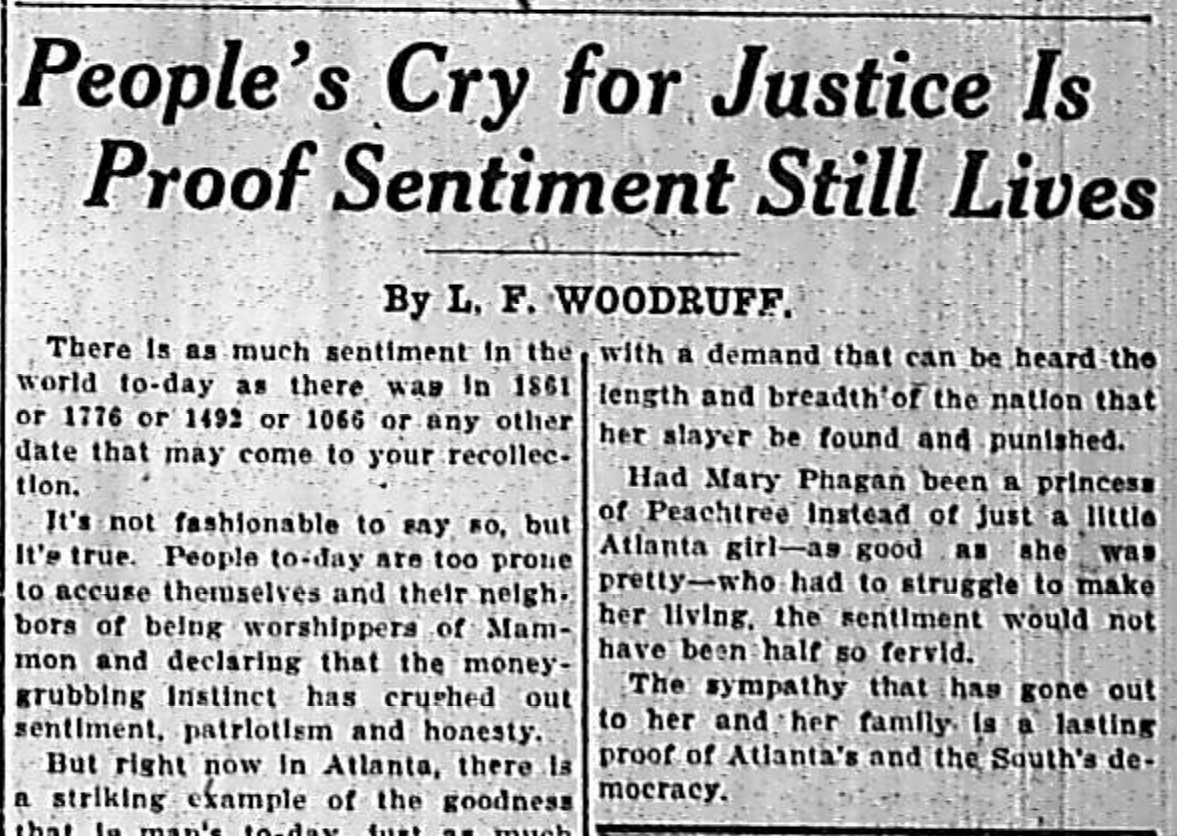

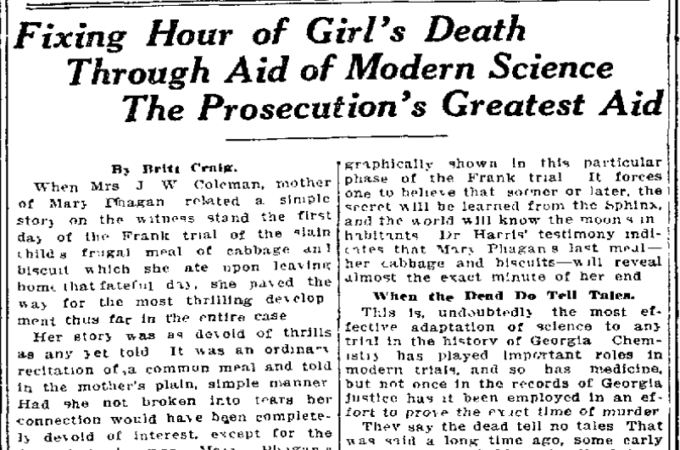

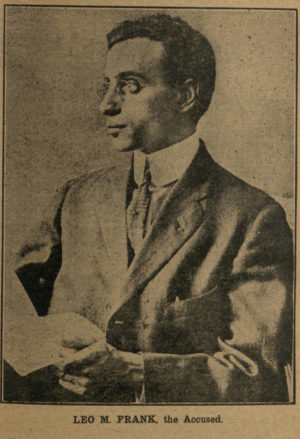

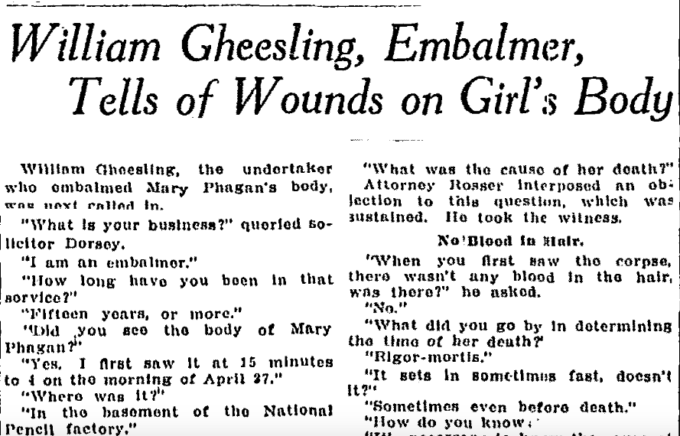
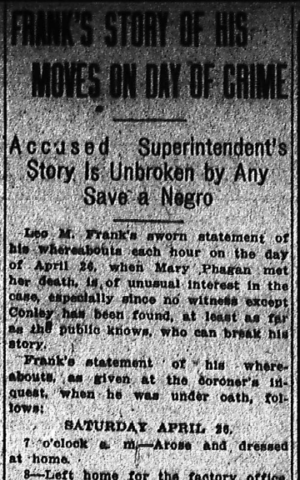

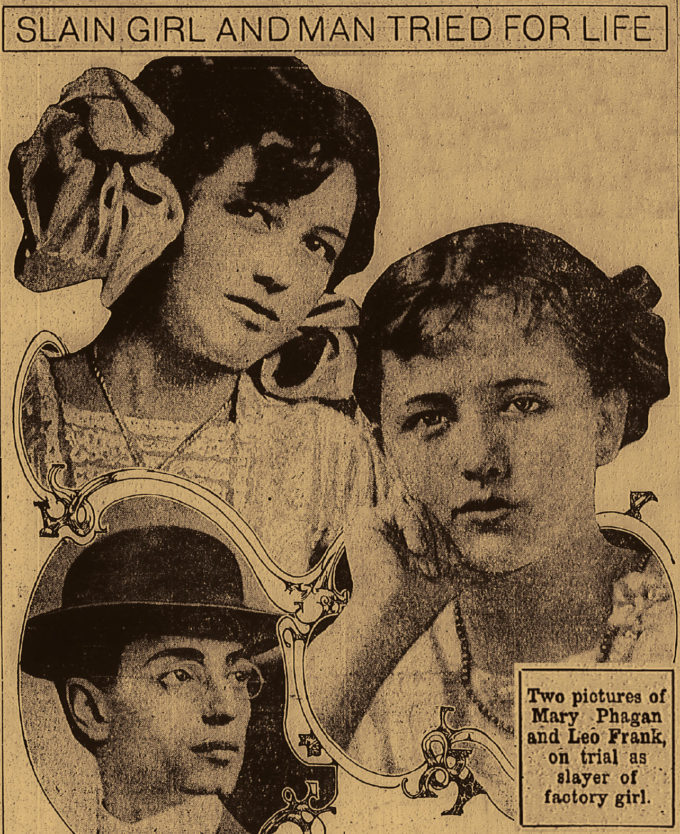
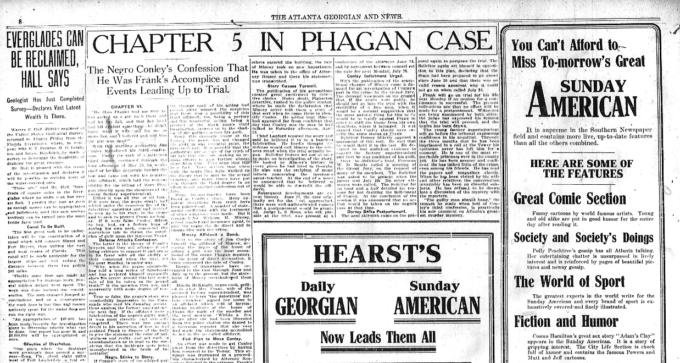
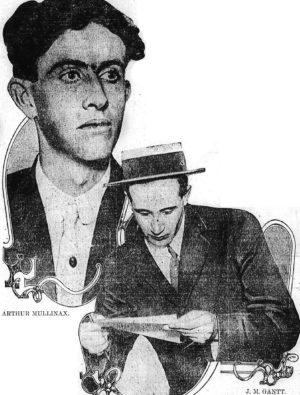
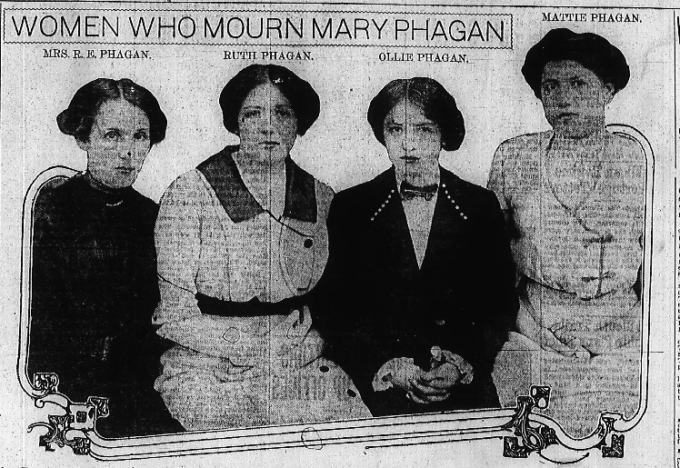

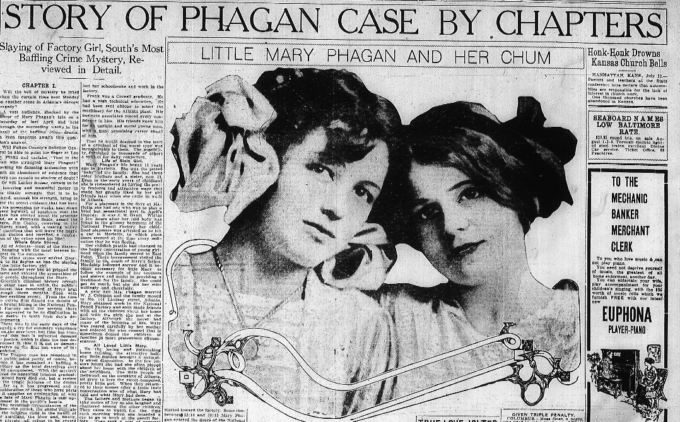
 Another in
Another in 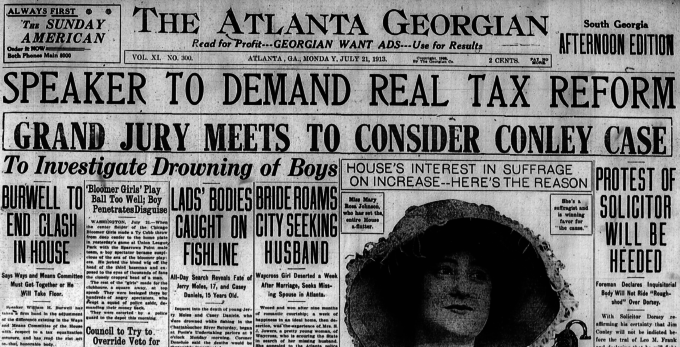 Another in
Another in 
